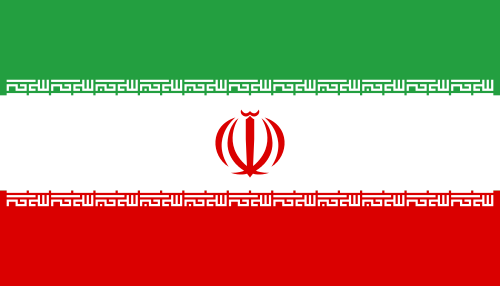Art University of Tehran
Date Establishment
1918
World Ranking
Master
200
Academic Staff
174
Students
6500
International Students
50
The University of Arts, recognized as Iran's largest higher learning center for arts, was established in 1979 following the merger of five art education institutions: Farabi University, Faculty of Decorative Arts, Faculty of Dramatic Arts, Higher Conservatory of Music, and National Music Academy. The university was originally founded in 1918.
As the university expanded its educational and research activities, including the introduction of multiple disciplines at the bachelor's and master's levels and an increase in student population, it was renamed the University of Arts in 1991. This was done under the Council of the Development of Higher Education Act and included four faculties: Applied Arts, Visual Arts, Cinema and Theater, and the Isfahan Campus.
The School of Music was added to the university's faculties in 1994, followed by the School of Architecture and Urbanism in 2001, both after obtaining accreditation. In 1999, the Pardis Faculty of Isfahan was integrated into the University of Arts, following a decision by the Council for the Development of Higher Education.
The university has made significant strides in advancing graduate education, most notably by organizing the country's first PhD course in art research. Today, the University of Arts comprises five faculties located in the cities of Tehran and Karaj, offering a total of 16 Bachelor of Arts programs, 16 Master's degree programs, and three Doctoral programs. In 2007, the School of Visual Arts was relocated to the Valiasr campus at the Faculty of Applied Arts.
Faculty of Theoretical Sciences and Higher Studies Faculty of Visual Arts Faculty of Cinema and Theater Faculty of Applied Arts Faculty of Architecture and Urbanization Faculty of Music Faculty of Conservation and Restoration
The Art University of Tehran is home to a research institute known as the Art Institute. Established on 26 Aban 1393 by the Deputy of Research and Preliminary Agreement of the Council for the Development of Higher Education, the institute was formed in response to the demands of three research groups:
1. **Sustainable Urban Environment Research**
2. **Home and Housing Research Group**
3. **Research Group of Iranian Art Comparative History**
The Institute of Art Studies carries out fundamental research in the field of art theory, as well as applied research to apply this knowledge within Iran. The institute collaborates effectively with scientific and executive bodies, implementing research projects and organizing specialized meetings at universities and other institutions. This commitment to research and collaboration contributes to the advancement of knowledge in the field of art.
Tehran Art University offers a variety of facilities to its students, including:
- **Dormitories**: Non-Tehrani daily students are given priority for dormitory spaces, followed by evening students. Campus students are required to use self-fueling dormitories at a reasonable cost. The dormitories provide breakfast and dinner, with food menus chosen by the students themselves.
- **Scientific Facilities**: The university provides libraries and computer sites tailored to students' fields of study. Senior animation students at the Cinema and Theater Faculty have access to necessary equipment for their studies. The central library serves students with a reading room and book memorization facilities. Students also have access to globally accredited art digital libraries such as Abseco and the internet at a reasonable speed.
- **Student Exchange Projects**: The university facilitates student exchange projects with prestigious foreign universities. Selection for these projects is based on students' resumes, activities, and English proficiency.
- **Library**: The library of Tehran University of Art serves as a valuable resource for those interested in science and knowledge. It provides access to databases, digital libraries, library systems, and other departments.
- **Recreation and Amenities**: The university offers student loans with guarantors or checks of government employees, sports discounts, free consultations with doctors and healthcare center consultants, low-cost pilgrimage tours, sporting and recreational competitions, festivals, and student organizations.
These facilities aim to create a conducive environment for learning and personal growth.
The initial registration fee for students at the university is $50. An annual fee of $50 is also required. For those interested in the Persian language course, which caters to all levels from beginner to advanced, the fee is $300.


